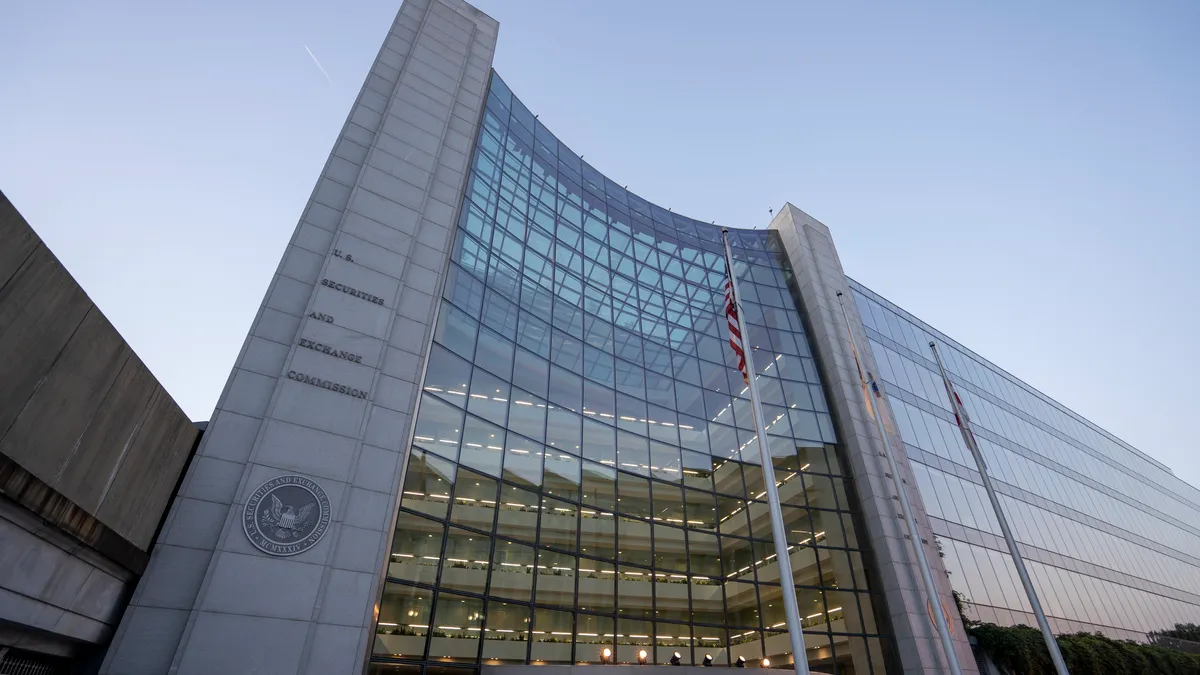Legal departments in large companies are paying more on average when they’re involved in litigation than departments in smaller companies, data from the Association of Corporate Counsel and eDiscovery software company Everlaw show.
In-house counsel pay less than $50,000 on average for each litigation matter if the company’s annual revenue is under $100 million, according to the survey data. That’s the case for about 40% of smaller companies.
If the company’s annual revenue is more than $1 billion, each litigation matter costs on average $200,000. That’s the case for a third of large companies.
The survey report doesn’t look at what might be causing larger companies to pay more. It could be in-house counsel are engaging more expensive outside counsel or the scope of the litigation matter is larger or more complex or otherwise requires more specialized expertise.
The report shows that subject-matter expertise is the biggest reason by far that in-house counsel choose the outside counsel that they work with, so those with resources could be paying more to get the best subject-matter experts.
“The top priority used as a rationale to engage outside counsel to help resolve litigation matters is the ability of the law firms to effectively address the subject matter,” the report says.
Referrals vs. RFPs
Almost 90% of in-house counsel cite this subject-matter expertise, including jurisdictional and geographic expertise, as the main reason behind their choice. No other criterion comes close. Selecting an outside firm because it complements the in-house team’s capacity is the next-cited reason, with 55% saying that’s important. That suggests the in-house team already has some of the subject-matter expertise that it needs.
That tends to be the case with litigation involving employment or contract disputes, which in-house counsel handle themselves to a great degree, the survey shows. If the matter involves a more specialized area, like securities or antitrust, very few in-house counsel are involved, leaving almost all litigation matters to outside counsel.

It’s possible more specialized matters are concentrated in larger companies while more routine matters, like employment and contact disputes, are more broadly spread among companies, no matter the size.
Another reason for the difference in litigation costs could be connected to how in-house counsel identify outside firms to work with, although the survey report doesn’t connect the two issues.
Almost 75% of in-house teams in smaller companies rely on referrals compared to only 47% of teams in larger companies. More important for large companies is the use of requests for proposals (RFPs), used by almost 25% of large company departments, and law firm panels, used by 20%.
Whether the company is large or small, in-house counsel tend not to make cost a priority in their selection process. Only 44% cite that as a main reason for choosing or not choosing an outside counsel.
The preference for expertise over cost shows up in the data in another way: almost half of in-house teams report paying on average more than $400 an hour in outside-firm costs, the highest of any cost category. By contrast, only 20% pay between $200 and $300 an hour and 30% pay between $300 and $400 an hour. Put another way, the higher the average hourly rate, the greater the number of in-house teams that pay it, regardless of size.
Financial services, biotech and energy are the sectors facing the highest outside counsel costs.
The findings are part of a broad look at the state of litigation for in-house teams. The report, based on survey responses from just over 200 in-house teams, also looks at cost-containment strategies and technology adoption, among other things.
For cost-containment, the big push is to bring more litigation work in house. Almost 60% of in-house teams are trying to do that.
Another big strategy is to blend the use of managed service providers and specialty firms in addition to outside firms.
The use of alternative fee arrangements (AFAs) is also a big tactic. Although only 8% of teams say the use of AFAs is a factor in which outside firm they choose, 35% say they see AFAs as an important cost-containment strategy. If teams aren’t making AFAs a selection criterion, then they might be bringing it up with firms after they’ve selected them.
On legal technology, 85% say in-house legal professionals need to understand how new technology impacts legal work, and 56% expect their department’s technology needs to increase in a year.
The State of Corporate Litigation Today was released this week at the ACC conference in Las Vegas.



















